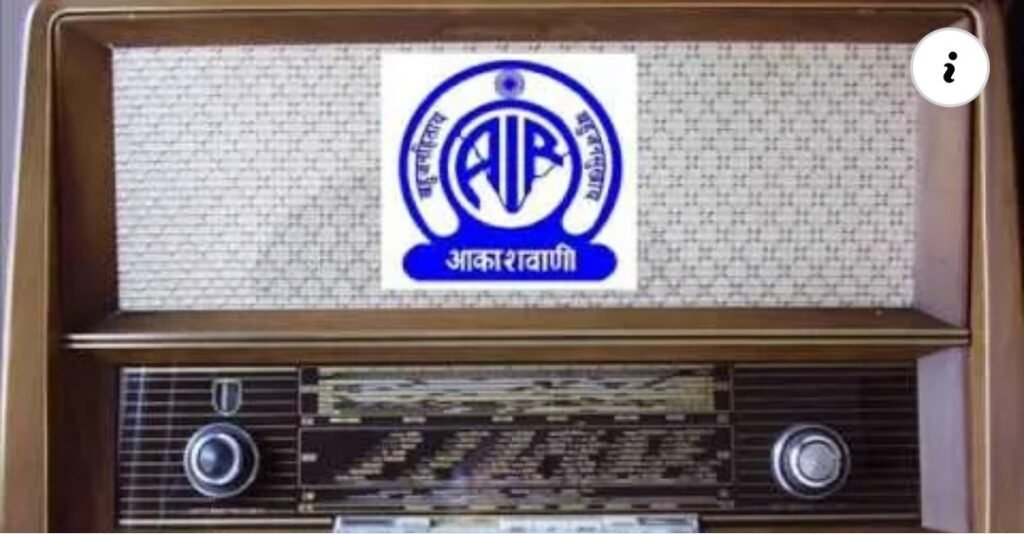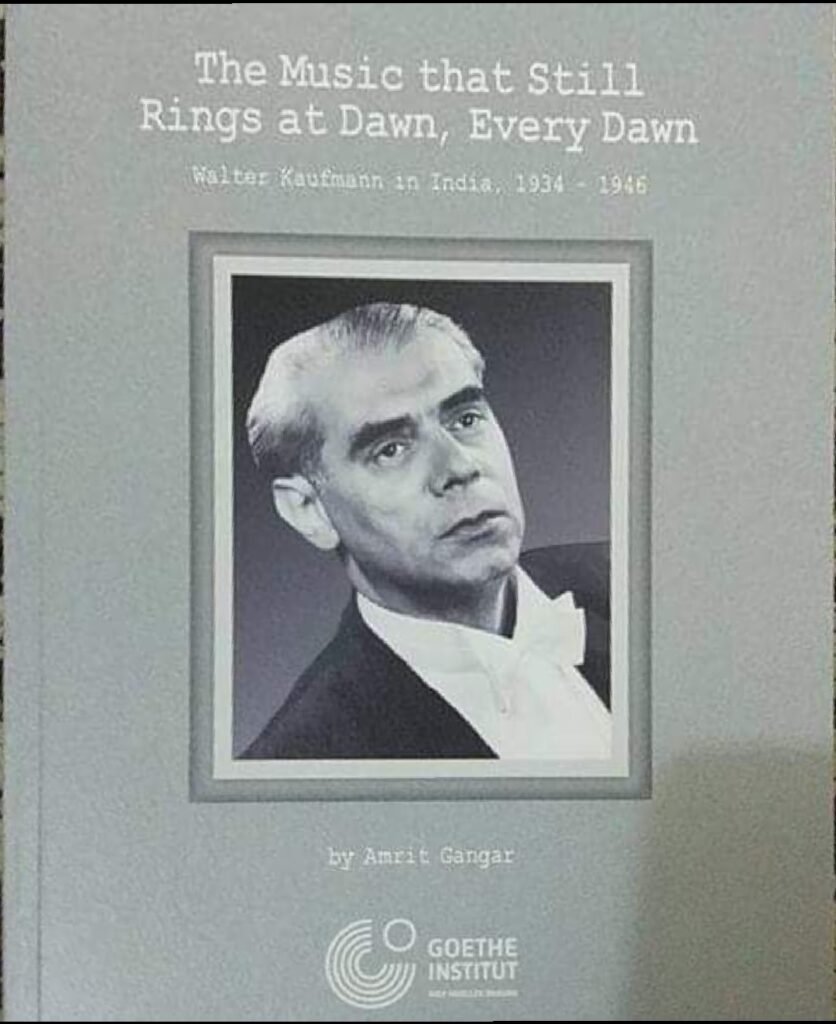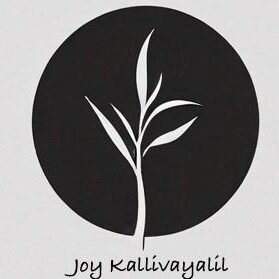#history
#memory
Walter Kaufman
Walter Kaufman was a Jewish refugee who composed the All India Radio caller tune.
by Naresh Fernandes.
Walter Kaufmann composed several early works that encouraged the interplay of East and West.
Listen here: http://bit.ly/2YzyWdY
All India Radio’s caller tune has been heard by hundreds of millions of people since it was composed in 1936. Somewhat improbably, the melody, based on raga Shivaranjini, was composed by the Czech man in the middle of the trio pictured above: Walter Kaufmann. He was the director of music at AIR and was one of the many Jewish refugees who found a haven in India from the Nazis.
Kaufmann had arrived in India in February 1934 and ended up staying for 14 years. Within a few months of landing in Mumbai, Kaufmann founded the Bombay Chamber Music Society, which performed every Thursday at the Willingdon Gymkhana. At the performance pictured here, Kaufmann is at the piano, Edigio Verga is on cello and Mehta – the father of Zubin Mehta – is playing the violin. (Mehta is believed to be the violinist of the AIR tune too.)
By May 1937, the Society had given 136 performances of works by old masters and modern composers. “Membership of the Society is open to all music lovers,” The Times of India reported. Full membership cost Rs 15 a month, but students, working women and missionaries could attend all concerts for only Rs 5 a month.
Kaufmann was no ordinary musician. He was born in 1907 in Karlsbad in the former Czechoslovakia and in 1930 graduated from the Staatlich Hochschule für Musik in Berlin. He moved on to do a PhD in musicology at German University in Prague, though he refused to pick up his degree when he found out that one of his teachers, Gustav Becking, was the leader of the Nazi youth group. From 1927 to 1933, he conducted summer seasons of opera in Berlin, Karlsbad, and Eger.
Detailed accounts of the musician’s life in Mumbai are to be found in film scholar Amrit Gangar’s book The Music That Still Rings at Dawn, Every Dawn, as well as in Agata Schindler’s essay, “Walter Kaufmann: A Forgotten Genius”, in the volume Jewish Exile in India: 1933-1945. The musician’s reason for coming to India was simple: “I could easily get a visa,” Schindler quotes him as saying in one of his letters.
In the same letter, the musician is disarmingly honest in describing his initial reactions to Indian music: the first records he heard were “alien and incomprehensible.” But Kaufmann wasn’t willing to give up. “As I knew that this music was created by people with heart and intellect, one could assume that many, in fact millions would be appreciating or in fact loving this music…I concluded that the fault was all mine and the right way would be to undertake a study tour to the place of its origin,” he wrote. His study would be so intense, it would result in books such as The Ragas of North India, The Ragas of South India : A Catalogue of Scalar Material and Musical Notations of the Orient: Notational Systems of Continental, East, South and Central Asia.
Kaufmann’s stint at AIR from 1937 to 1946 gave him the opportunity to learn from some of India’s greatest classical musicians. It also allowed him to observe some of their quirks. “Most of the older artists refused to accept their remunerations in the form of cheques. They insisted upon receiving bare coin,” he wrote. “It was interesting to note that some of these great and wonderful musicians would bring along with them a young boy, a son or a nephew, who was able to count the rupee coins reliably. The old artist and his young helper would settle on the floor outside the studio and carefully count the money received which had come in a little cloth bag.”
The sounds he absorbed were converted into a series of operas, ballets, chamber music works and film scores (as well as the AIR tune, of course). His compositions from the period, several of which were performed by the Bombay Chamber Music Society, included Ten String Quartets, Three Piano Trios, Indian Piano Concerto, Six Indian Miniatures and Navaratnam, according to Schindler’s article.
In addition to his job at AIR, Kaufmann worked for Bhavnani Films and for Information Films of India. He also lectured at Sophia College. Among his pieces with an Indian flavour was Anasuya, which made its debut in 1939. It was described as “India’s first radio opera”. The plot drew from the ancient European legend of King Cophetua, an African ruler who falls in love with a young beggar, but the story was transposed to a mythical Maratha state. In Kaufmann’s version, the African ruler became Maharaja Asok (played by Leo D’Souza) and the young beggar Penelophon became the eponymous Anasuya (played by Eva Manes).
Anasuya, like many of Kaufmann other works, was well received. The music “blends marvellously well Western technique with Eastern mood: in such a strain one looks forward to the day when he will permanently enrich the musical resources of the world”, cheered the Times.
The musician was an evangelist for new music. In 1938, for instance, he mounted an enthusiastic defence of experimental music at a Rotary Club meeting at Green’s Hotel. He bemoaned the general tendency to criticise modern music without giving it a proper hearing. “One can often hear people say, ‘Oh I love Bach but I don’t like the moderns.’ Is it not funny that a person born in our time should only understand music which was composed 300 or 200 years ago and should not care for the music of his own time?” he asked.
After Kaufmann left India, he spent some years in England and Canada, before moving to the US in 1957. He joined the School of Music faculty at Indiana University in Bloomington, where he continued to write extensively about Indian music. Kaufmann died in 1984.
Source: http://bit.ly/2LDbR6r




